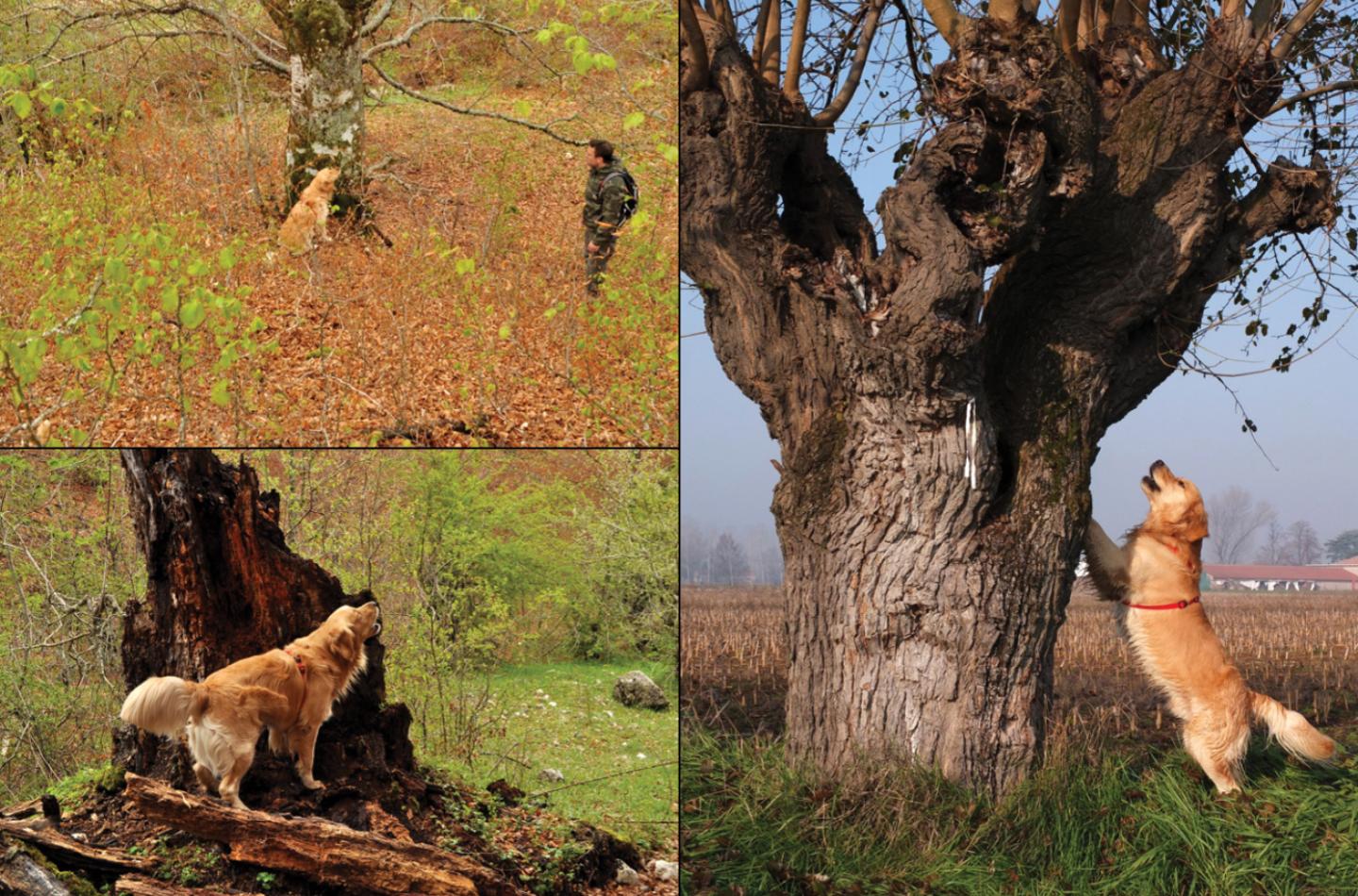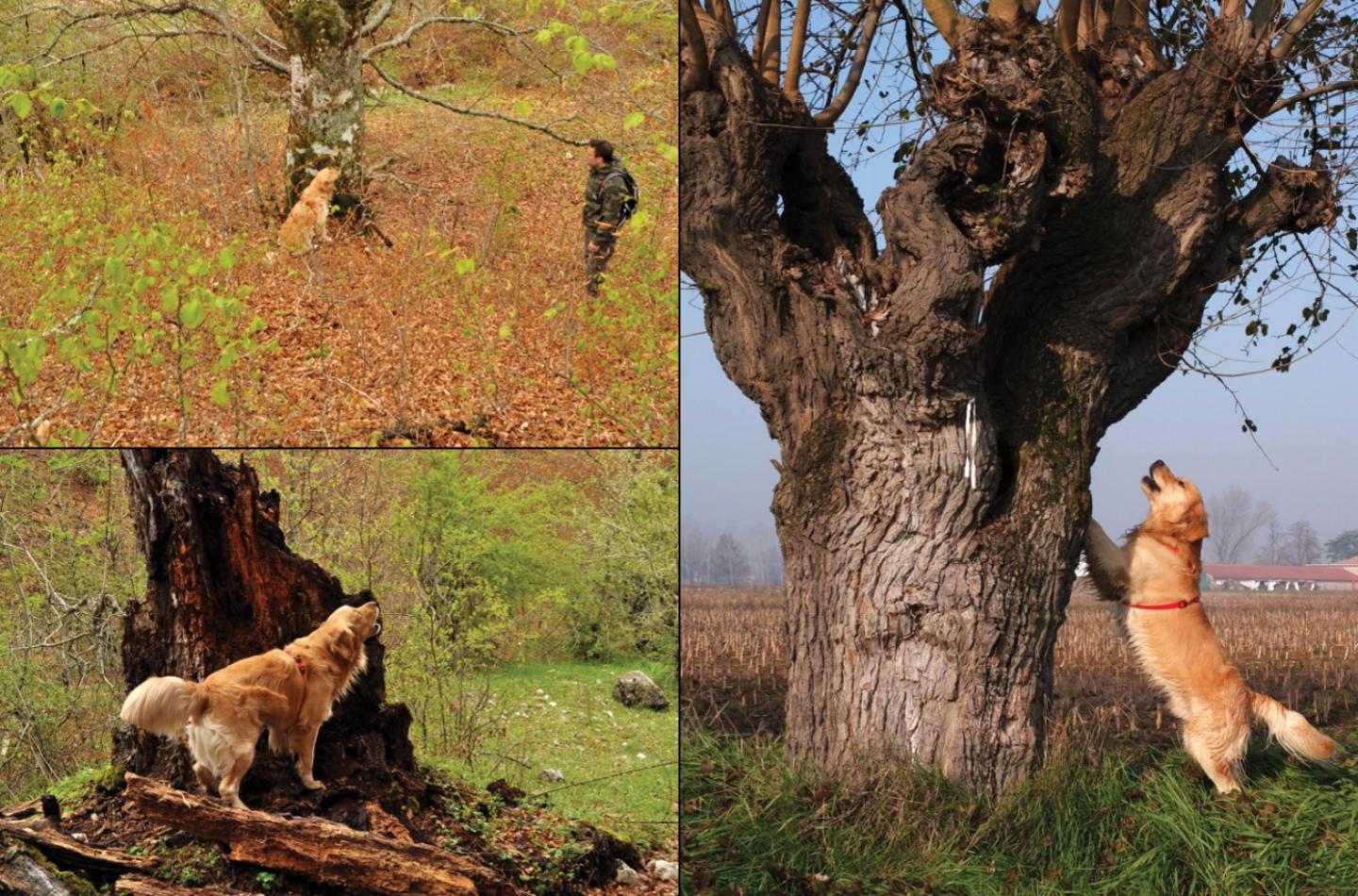
Credit: Emilia Capogna and S?nke Hardersen
Hermit beetles (Osmoderma eremita) are considered at risk, but in order to be effectively protected, they first need to be identified and consistently monitored.
However, this turns out to be a tough task, given that the species is only present for a short time as an adult while it is also extremely elusive. On the other hand, although it remains as a larva for up to three years, once again, it is difficult to spot as it hides inside hollow trees living in the wood mould.
The standard method for detecting hermit beetles involves wood mould sampling which is not only arguable in its overall efficiency, but is also unreasonably time-consuming and quite damaging to both the species communities and their habitat.
Searching for an alternative, Italian scientists, led by Dr. Fabio Mosconi of the Italian Agricultural Research Council and Sapienza University of Rome, suggested that trained dogs might be more successful. Such conservation detection dogs are currently being widely deployed when searching for mammals, reptiles and birds and have already been tested for locating a number of invertebrates.
In their paper, published in the open access journal Nature Conservation, the team tested a training programme before comparing it with the traditional method. The study has been conducted as part of the MIPP Project aimed at the development of non-invasive methods for monitoring selected saproxylic beetles.
Starting from the choice of a dog, the scientists carefully made their choice from a number of individuals as well as breeds. They settled on a Golden Retriever – a breed widely used in searches for biological targets. As for the particular dog, they chose Teseo – a six-month pup coming from a line with a strong background in locating illegally imported animals and animal parts.
The training of Teseo began with the assignment of a trainer/handler and some basic obedience training, involving teaching simple commands, search games and agility activities.
The next step was introducing the dog to various types of odours, since the hermit beetles might give off a different odour dependent on their habitats, such as the presence of fungi, sawdust and other organic materials. Immediately after detecting the target smell, the animal would be given a reward such as food or play, so that its behaviour could be positively reinforced.
Then, the dog was taught to differentiate between different odours. The researchers presented a number of targets to the animal where it needed to select the right one. At this stage, the dog was only rewarded for correct signalling. Should the dog be distant from the trainer, a special clicker was used to 'announce' the treat in advance. The researchers noted that it was at this stage when the relationship between the dog and the handler needed to be really strong, so that the training was as efficient as possible.
In conclusion, the scientists reported a significantly higher probability (73%) of Teseo successfully detecting a tree colonised by the larvae, as opposed to two people conducting the traditional wood mould sampling (34-50%). Moreover, the dog would cover a particular area in a very short time when compared to the traditional method – on average it would take it 6 minutes and 50 seconds to examine the whole tree, while the operators using wood mould sampling would need about 80 minutes. Additionally, searching for larvae with dogs poses no risk to either the insects or other organisms that might be living in the trees.
Furthermore, the researchers provided a list of precautions in order to increase the efficiency when searching for beetle larvae with the help of trained dogs. The list included familiarising the dog with the survey site beforehand, opting for the part of the day with the most favourable atmospheric conditions and carefully monitoring the dog for signs of fatigue.
"A conservation detection dog is a powerful tool for locating O. eremita and these results can be useful for other related European species of Osmoderma", commented the scientists.
"In fact, the use of a trained dog is a fast, accurate and non-invasive method that allows the detection of a target species in an area and to identify the colonised trees; this means that a conservation detection dog can locate new populations, can confirm the presence of the target species and can assist in the mapping of colonised trees in an area, accurately and efficiently."
###
Original source:
Mosconi F, Campanaro A, Carpaneto GM, Chiari S, Hardersen S, Mancini E, Maurizi E, Sabatelli S, Zauli A, Mason F, Audisio P (2017) Training of a dog for the monitoring of Osmoderma eremita. In: Carpaneto GM, Audisio P, Bologna MA, Roversi PF, Mason F (Eds) Guidelines for the Monitoring of the Saproxylic Beetles protected in Europe. Nature Conservation 20: 237-264. https://doi.org/10.3897/natureconservation.20.12688
Media Contact
Fabio Mosconi
[email protected]
@Pensoft
http://www.pensoft.net
Related Journal Article
http://dx.doi.org/10.3897/natureconservation.20.12688





